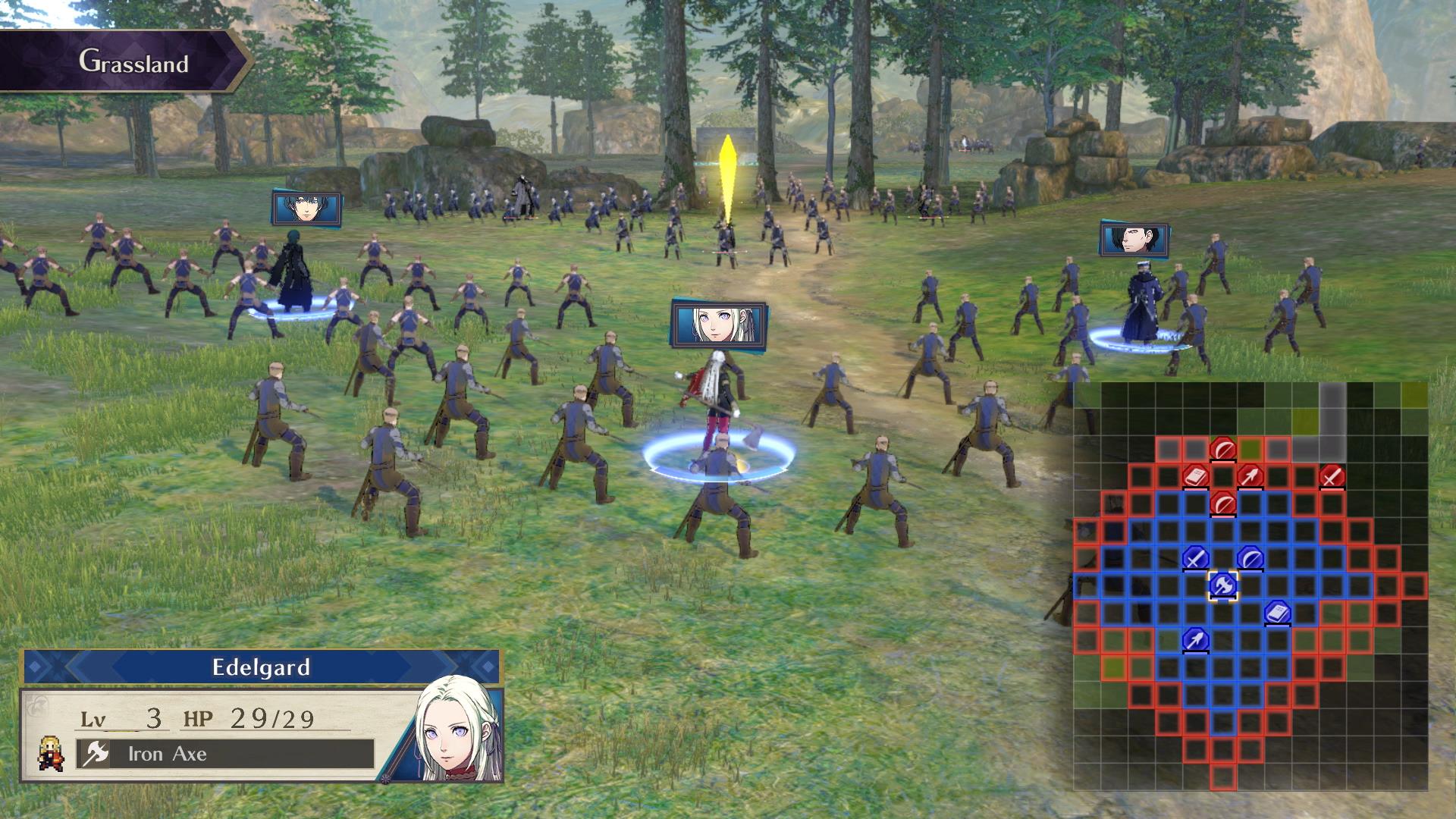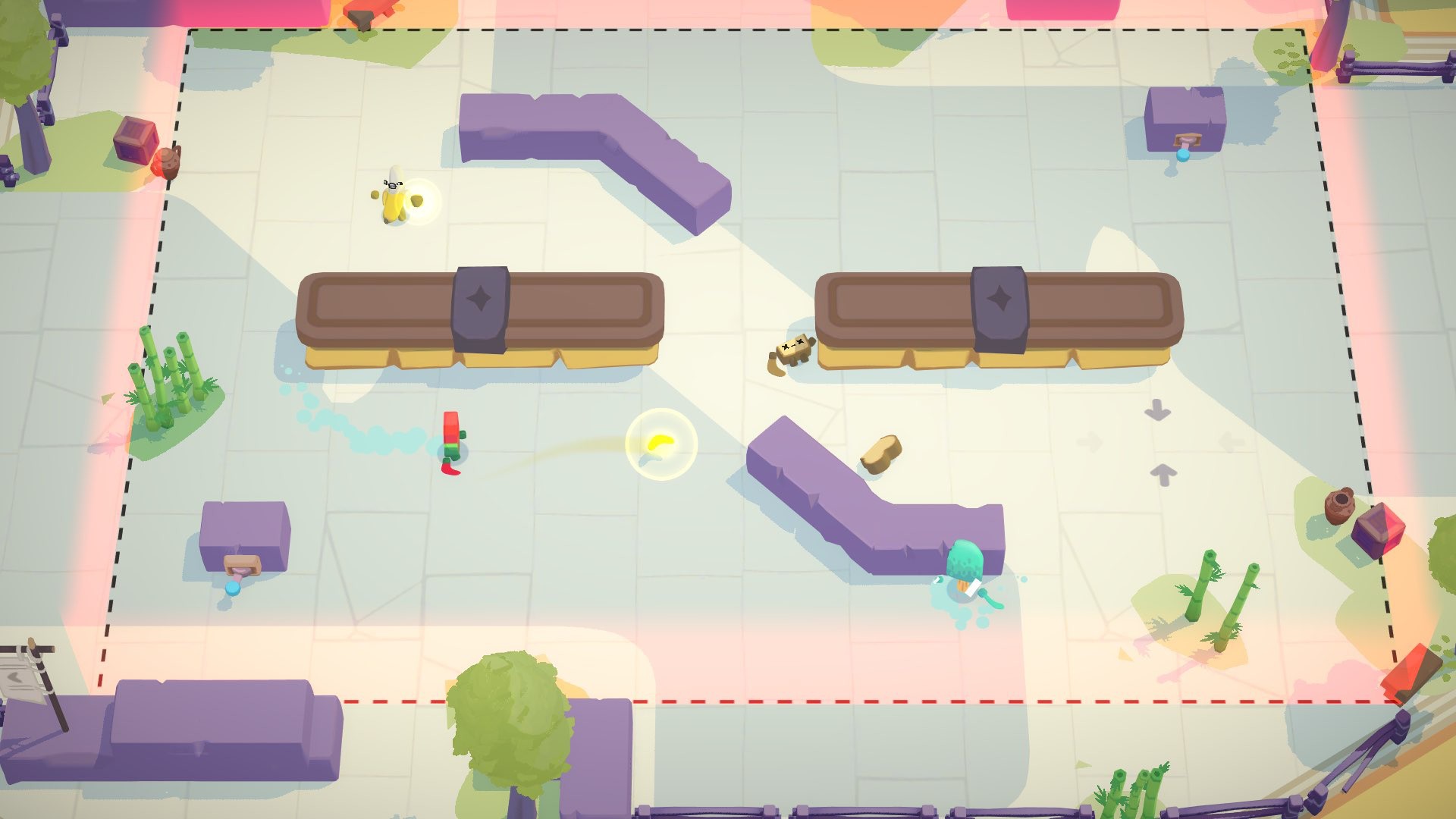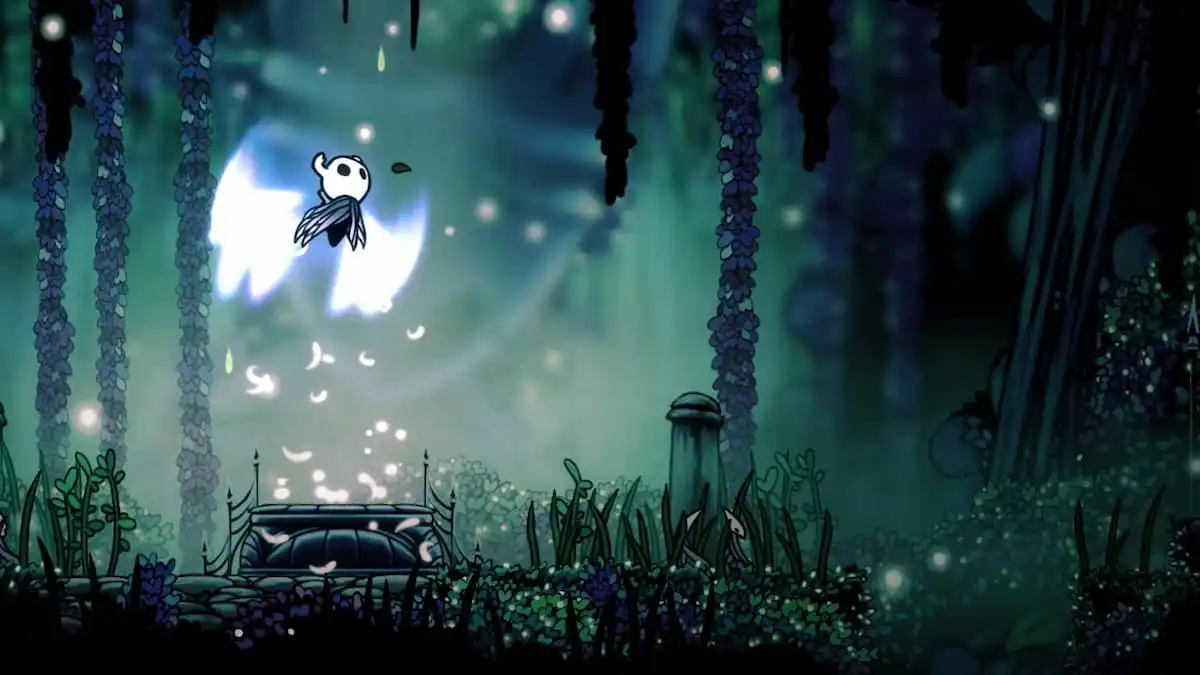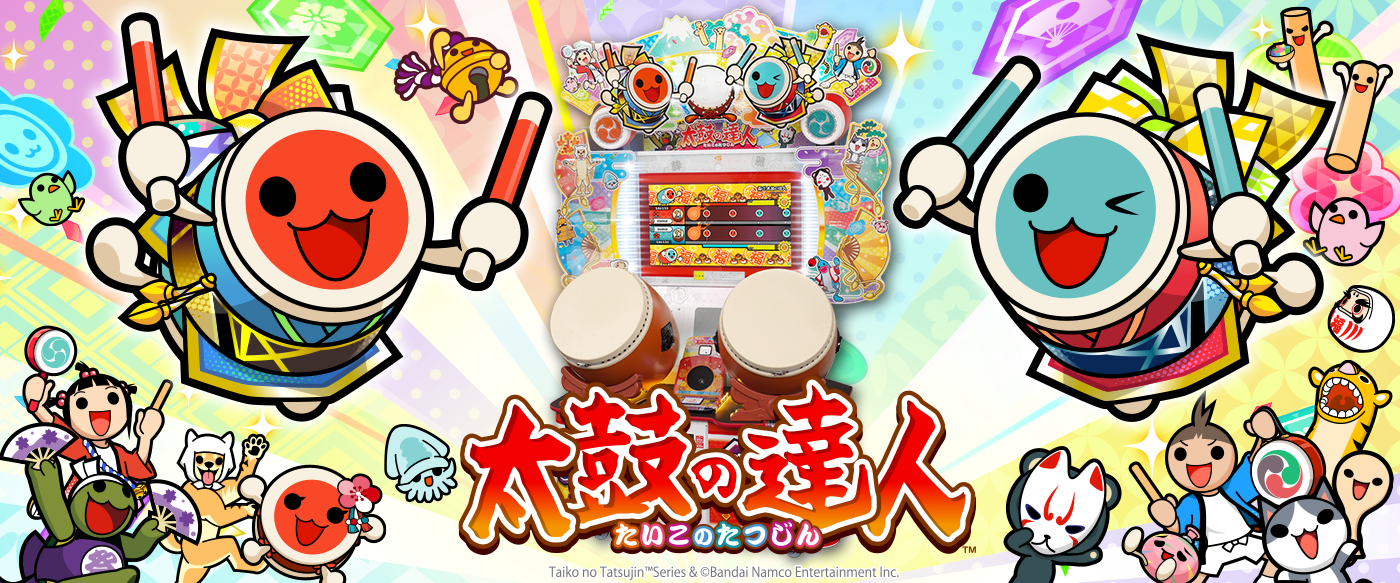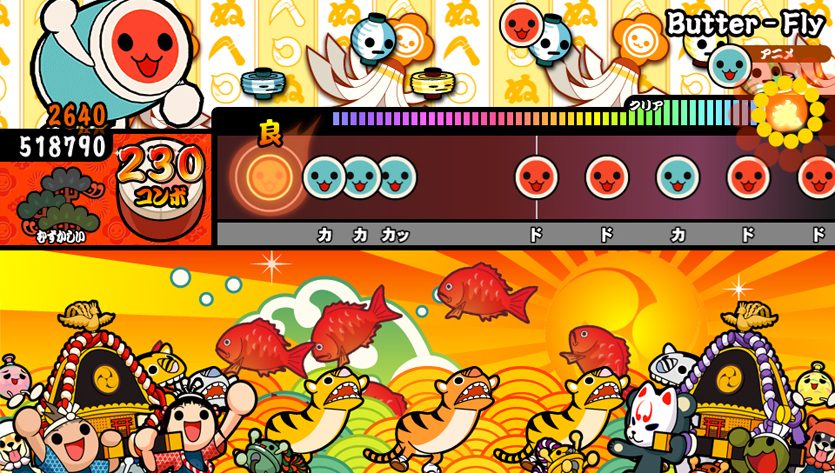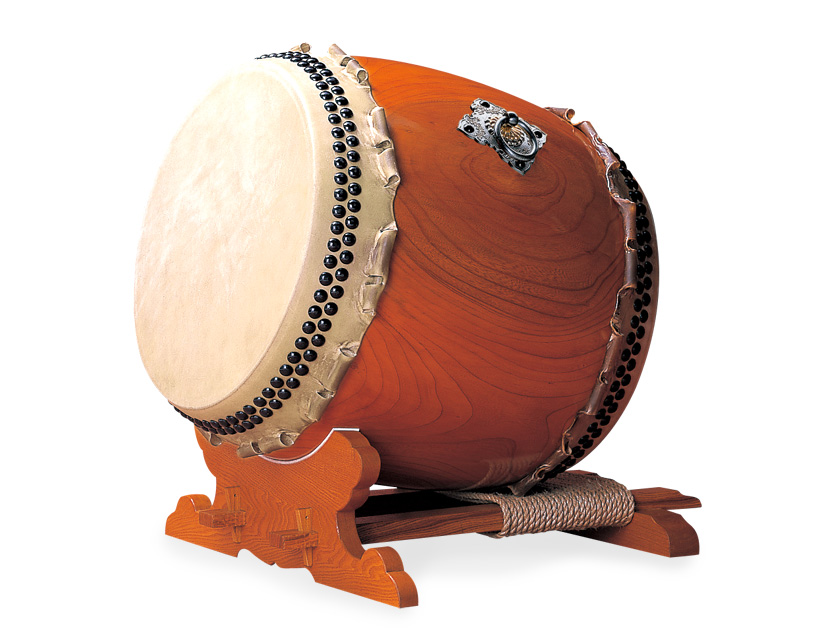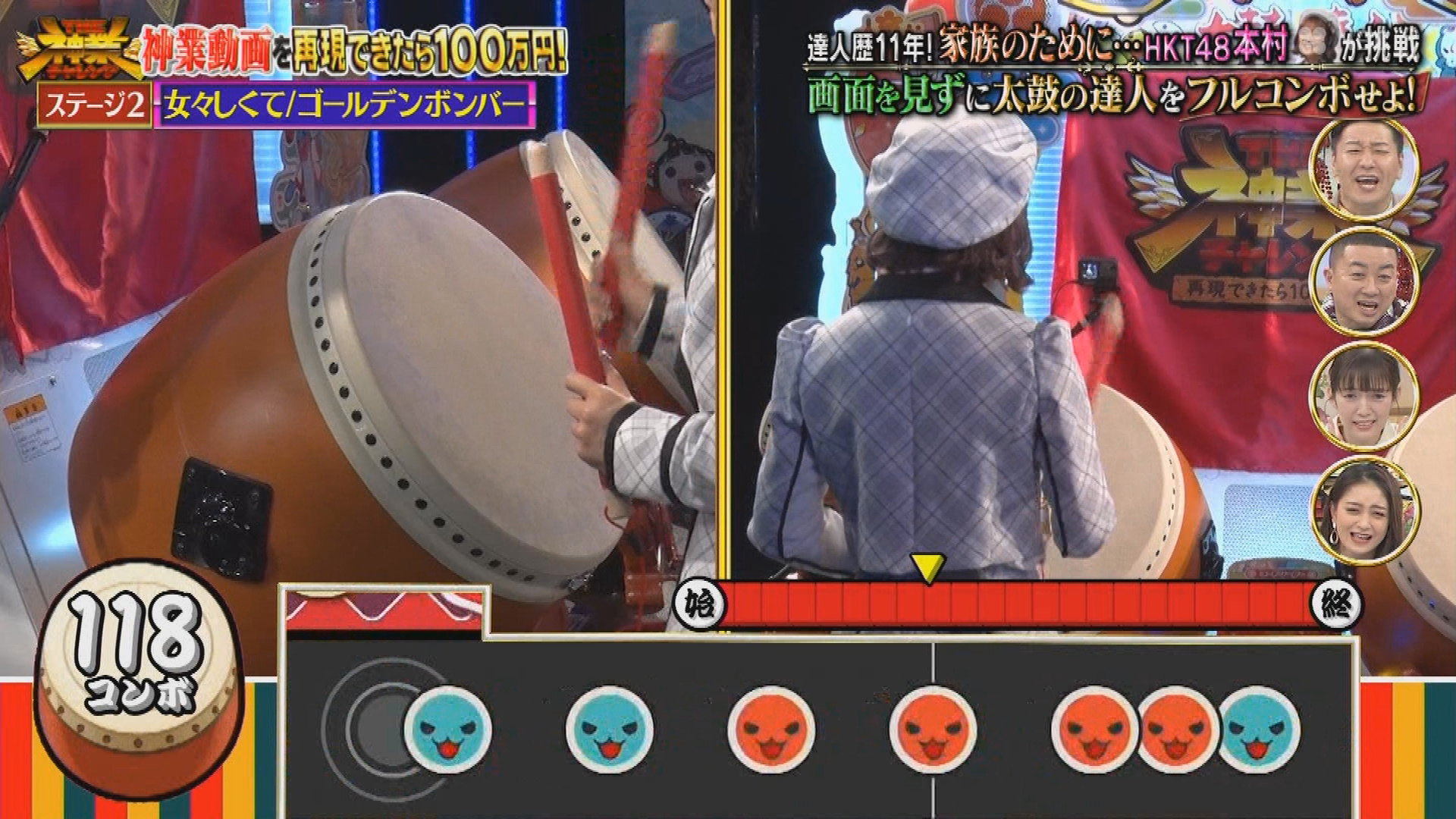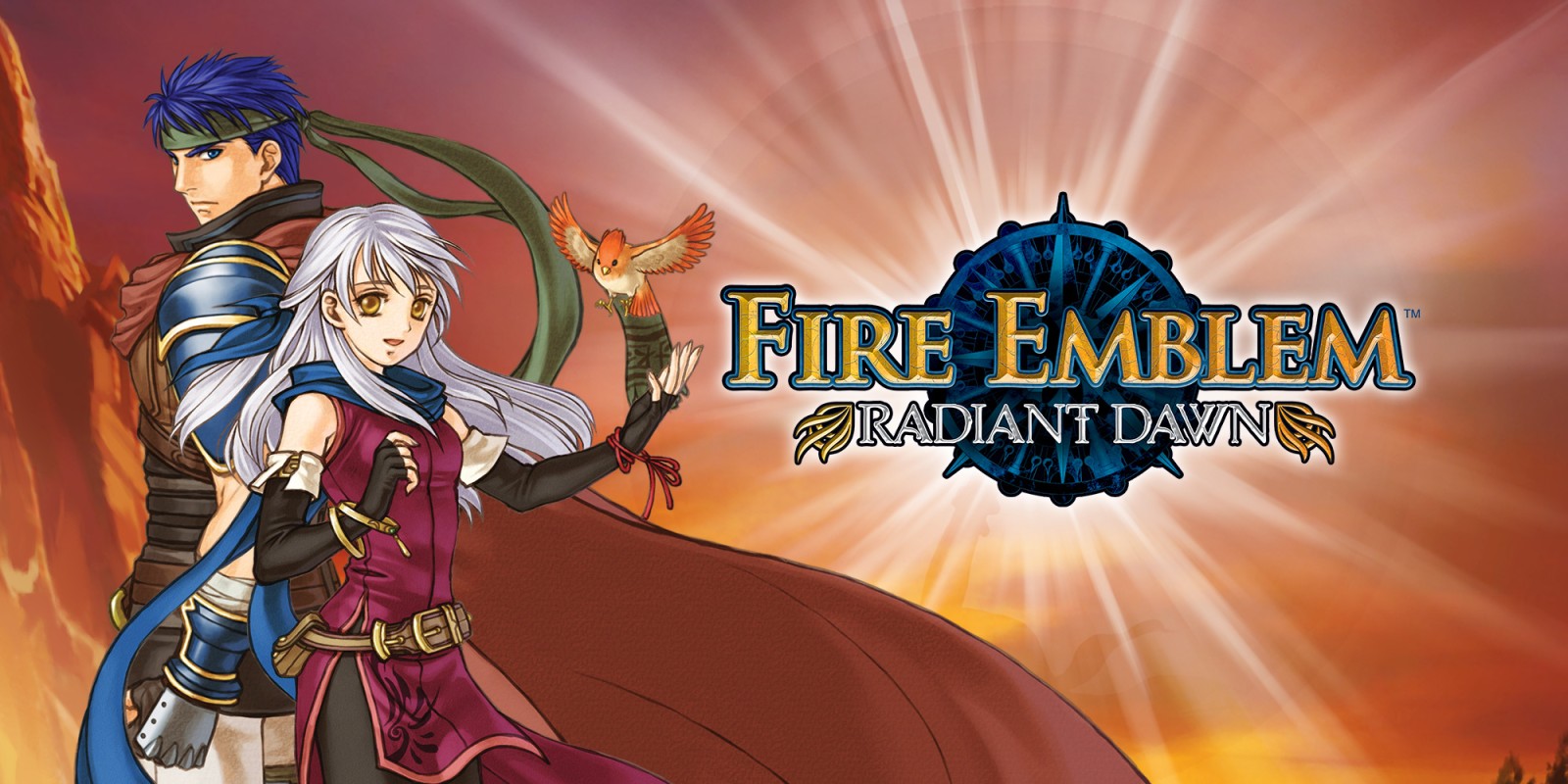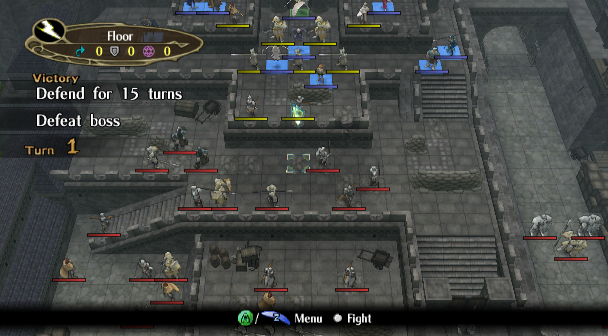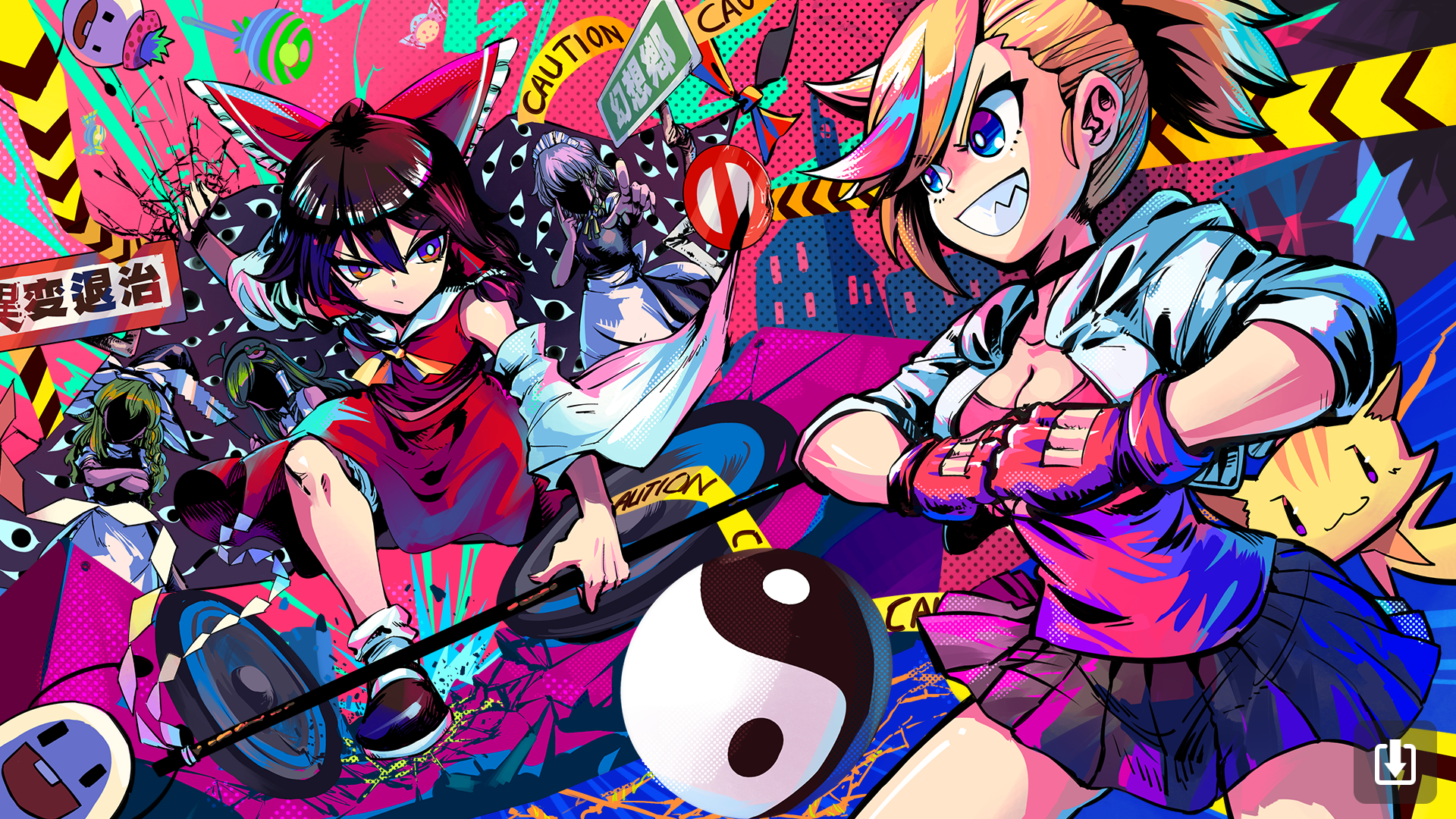What is Noita?
“It’s a roguelike where your only permanent upgrade is how much you learn about the game. And you gain that through experiment, asking yourself questions like ‘What would happen if I make my wand shoot a giant sawblade every frame? What if I break that giant crystal? What if I drink a potion of lava? And they all have the same answer: You die.'” – AlbinoVEVO in his Noita game review
Noita is a rather unique roguelike game with many special mechanics of its own. Developed by a Finnish indie game company, whose developers also created another popular award-winning pixel-graphics game Baba is You, Noita’s graphics are also completely pixel-based, but this is used to great effect. Despite being a roguelike, it has a special emphasis on physics, exploration, and a hands-off approach that is horrifyingly unforgiving.
Story
Noita is a game that does not explain much, and it uses it to its advantage. As a roguelike, it has a strong emphasis on getting the player to explore on their own. The game is set in a magical world, but has the player explore a predominantly underground world with different biomes, from fungal biomes to mysterious underground pyramids, filled with Finnish mythological creatures and monsters.
The main “goal” of the game, has the player explore this world as a sorcerer, and seek something out at the bottom of the world (and possibly defeating a final boss). And yet, this “goal” is barely emphasized in hopes that the player understand the importance of exploration in truly completing this game.
Mechanics
There are many mechanics in the game. Firstly, the mechanics available to the player for direct use, are the use of wands, potions and various artifacts they may find. Wands come with various spells that may be mix-and-matched and potions may be filled with any liquids the player comes across. The player is given a fixed inventory with 4 slots for wands and potions each, and 16 slots for spells (not limited to projectiles, projectile-altering effects, summons and more explosive/destructive abilities). The player may also levitate to move around the 2D platforms.
Secondly, the game simulates physics in a fairly realistic manner, which may work for or against the player. Oil burns, acid corrodes, water can freeze, steel pillars conduct electricity, and teleportation-liquids… teleport players and enemies away to random locations. Status-effects related to interaction with the environment plays a very important part in this game as well. Eating mud can cause the player to vomit, eating grass can cause the player to burp flammable gas, and of course, you can drink healing potions (Not that I have found any after 20 runs through the game).
Thirdly, the emphasis on exploration means that players are rewarded extravagantly for exploring more of the world, but more on that later on. All of these allow the player to build up some way of surviving difficult encounters.
Aesthetics
In terms of aesthetics, while the game is pixel-based, the lighting effects are beautiful, and the otherwise dull environment (since it is underground) also reinforce the theme of the game, with a sense of impending doom at every turn, having fog of war for parts of the world without line-of-sight. The fact that everything is a pixel, also meant that the difference between a liquid and a solid, is completely based on its physics. Regardless, it is done with great finesse. Creatures are designed to look like a kind of cross between the undead and mythical creatures out to kill the player. The only cute creature I have personally recognized thus far, is the sheep form that the player may get turned into (which, by the way, is VERY BAD).
Technology
A great amount of effort has been put into the physics engine of the game. From simulating the flow/viscosity of different liquid (pixels), to the momentum of objects blown away by the force of explosions and other spells, as well as the speed at which fire and electricity spreads through different mediums. Procedural generation of the world, on the other hand, is not Noita’s strong point. The world is made of biomes in a fixed layout, but the fact that it is not fully procedural in no way is a detriment to the game. Each biome is still pseudorandomly generated using Herringbone Wang Tiles and pixel scenes, with random drops and buffs to be found. For the amount of content in the game, the fixed biome layout can even enhance the playthrough of the game as it serves as one of the pieces of knowledge that players can bring across runs.
Lens of Curiosity
The game has a heavy emphasis on having the player figure things out on their own. The game introduces many different materials in the game and many spells, different biomes and enemies. The only tutorial in the game, is summarized by the first two screenshots above. All other interactions in the game, are left for the player to ponder. Some interactions are more intuitive (coal is flammable, water has bonus damage against fire-elementals), whereas some require a more experimental approach to figure out (pouring water into toxic sludge turns it into water). These unexpected interactions keep the player on their toe and looking out for things that they might have missed. Lore is sparsely distributed throughout the map as well, in the form of green-coloured tablets with some text that appears from it. Surprisingly, these tablets are items that deal a relatively high amount of damage and bonus coin when thrown at enemies.
Lens of Surprise
As a game that places much emphasis on the exploration and getting players curious about the world, it introduces a ton of surprises in various places that one may not expect. So much so, that it may even become a gamble at some points. While some surprises may seem unnecessarily punishing to some players, it is undeniably a unique addition to the experience that Noita offers. Aside from environmental interactions that may be special as mentioned earlier, spells have minimal description, often being a one-liner. Whether a spell can damage the player or not may be up to interpretation based on just the description. One rare spell is simply described as “Alea iacta est” or “The die is cast”, and one may only hope for the best when using it for the first time. Each enemy has a unique attack pattern and skills, and encountering a new one may always be an extraordinary danger, with more than a hundred unique foes. Every aspect of Noita is truly left up to the player to trial by fire.
Lens of Challenge
The game is difficult. It is extremely difficult. As a roguelite (As some may say, as opposed to a “roguelike”), the game has some progress across different runs, but the only progress is in the form of knowledge gained, and a few rare spells and secrets that are hard to unravel. The game effectively has permadeath in its purest form. “Friendly fire” is one of the main causes of death, as with great power, comes great explosions that may insta-kill the player as well. And yet, these are necessary to clear some of the more difficult portions of the game. Learning what spell combination works and what does not is part of the challenge. The player may make wands for different situations such as close and far range engagements or for terrain destruction to reach loot or new areas. With stronger spells, risks are involved as well (See: Black holes).
Lens of Expected Value
Building upon the challenge, there is a lot for the player to consider and weight in terms of risks and expected value of the actions they may take. Exploration is encouraged in order to find more wands and spells in the current playthrough, but with limited health and many hazards and enemies along the way, the player must weigh if it is worth further exploration, before moving on to the next checkpoint along the main path (where they are guaranteed a health refill) and entering a more difficult area. Some new wands can be completely useless to the player at that point in time, the player may come across more dangerous enemies which can give more coin to purchase wands and spells at the checkpoints, but also deplete the player’s limited health. In customizing the various wands with spells that the player has on-hand as well, there is significant consideration to be done. The player determines the odds of their spells working out with the resources they have found. For example, a wand may be set to spawn a fireball, a dynamite, or a bomb. Each has a different explosive radius, and a wand can have a slow or fast spell cast rate (but only cast one at a time), cast spells in a specific order or at random, and some spells (like the 3 mentioned) have limited charges. It is then up to the player to decide if they should leave all 3 spells on the same wand, or split them with another wand with different properties, and this with the consideration that there’s only 4 wands maximum and the only way to get new spells when exploring is to swap out existing wands for new ones. The player must thus also consider when building a wand, “should I build this as an expendable wand? Do I expect any new wand to be a suitable trade for any of the wands I have customized?”. This adds on a whole layer of considerations for the player to consider and strategize.
Conclusion
While a very difficult game, it is one that is certainly built upon a great concern to detail, with exploration to be one of the most rewarding aspects of the game, despite being a roguelike. On one hand, it allows the player to express their creativity and forge the most overpowered wand. On the other hand, it does so in the most punishing way, where the player may be one of the most dangerous foes they will continually face. For a roguelike, it can be said to be very novel for its genre with a much greater emphasis on exploration in a large world. But as a roguelike, it is still very much enjoyable and a great addition to the genre.

